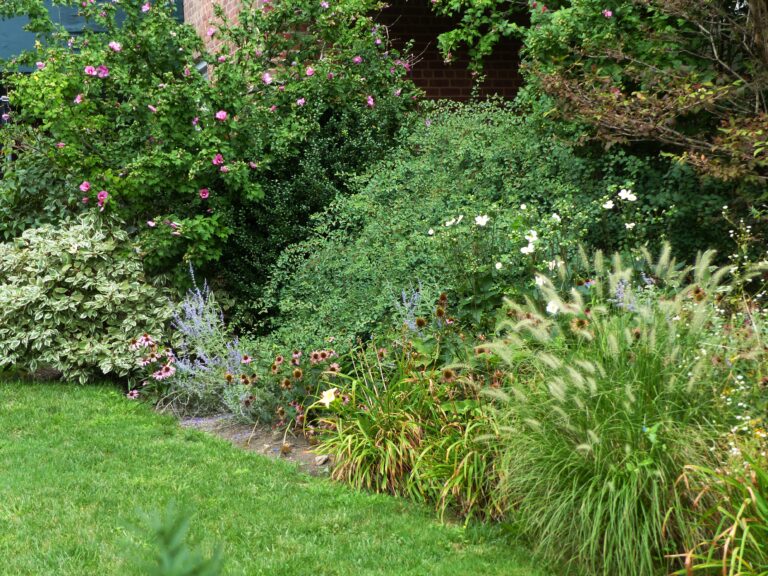
This is a continuation of the previous blog, Art of the Garden – Flowery Oasis.
The above photo shows part of the exciting border at 3725 Henry Hudson Parkway in Riverdale, NY taken in late summer 2020.
Gardening Styles
To my mind there are two great philosophical divides in garden design – formal and informal. Formal styles utilize geometric precision with very defined lines in the laying out of beds Hedges are tightly manicured and shaped while shrubs are trimmed into other geometric shapes such as cones or spheres. This angularity of this approach can be softened by flower plantings but the overwhelming sense is one of regimentation. The gardens are Versailles are representative of this approach.
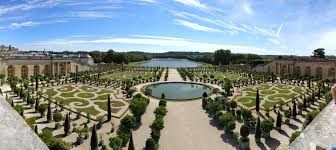
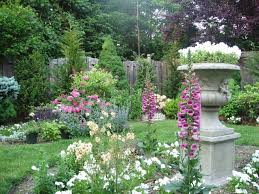
The informal style is epitomized by the English Country Garden style. These gardens had their beginnings in the utilitarian medieval laborer’s plot, in which a couple would grow plants used for food or medicaments for their own use. However, in the early nineteen century when artisans such as weavers worked from home, there arose increased opportunity for ornamental gardening. While these gardens might also have geometrical elements, the most overwhelming sense is one of lavish and colorful profusion.
Mystery Designer
For several years as I passed the garden at 3725 Henry Hudson Parkway, I tried to learn who designed this small but delightful garden with no success. Recently, a friend was leaving the building and we stopped to chat. My question came up and she said, “I believe it was Judith Mills Johnson” a now-retired garden designer for many years in Riverdale , whose reputation still evokes an awed respect.
Although we could not establish exactly when the garden was planted, her pleasure was obvious upon learning that the garden had only increased in beauty over the years. Her comment was, “ One of the most important design criteria is creating a plan that will weather the years.” This means that as the shrubs and perennials grow to a mature height and width, all of the elements will continue to be visually balanced.
Years ago, Judith had done some of the early work in my own garden. I had cleared a large area and did not have any idea how to attractively break it down into beds. For me, her most insightful comment was, “How do you walk through this area? These are where your paths should be and will act as the bones of your garden.”
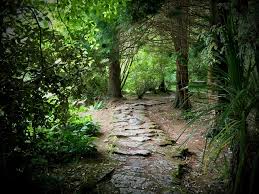
Garden Elements
There are many considerations that a garden designer must keep in mind. Many are obvious but require upfront decisions: 1) type of environment – gardening zone in combination with light and water conditions; 2) client preferences in choosing plants and attendant color choices; 3) decisions about existing plants; 4) possible inclusion of a garden structure , statuary, or hardscape (the use of stone in walls or paths); 5) addition of a water feature such as a small waterfall; 6) whether the client wishes to attract and feed birds or butterflies; 7) whether the client wishes a garden that has visual interest year round or wishes to concentrate on plantings that primarily sparkle in a particular season such as the spring.
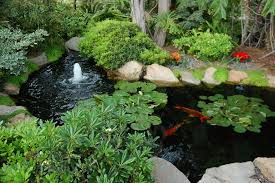
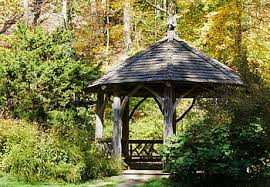
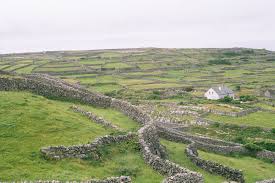
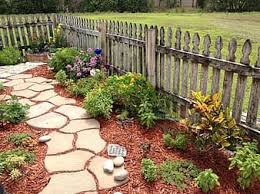
Less obvious design elements include: the bones. These include the aforementioned paths which determine how the visitor progresses through the unfolding garden. Trees and shrubs require proper placement which then anchor the design.
Next , is the use of different plant textures to create a dynamic panorama. For example, holly bushes (genus Ilex) have dark evergreen glossy leaves while the river birch ( Betula nigra)has an interesting peeling bark. Many plants have velvety , matted leaves while others have variegated leaves – various tones of green swirled with white or yellow.
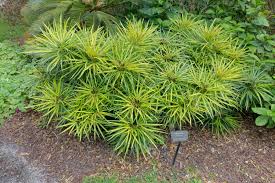
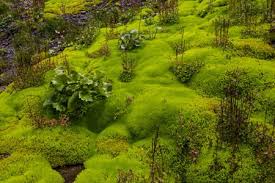

Scale and form also need to be considered. Returning to Judith’s comment, ultimate size of plants and shrubs must be considered and their placement is vital to the final design.
And finally, although not exhaustively, there is mass. This means the consideration of positive and negative space, positive referring to the space containing a plant and negative meaning the unplanted surrounding space which together make a visual whole. There are undoubtedly numerous additional factors to consider but the elements discussed here so far are a good beginning when considering a garden installation.
Not all home gardeners feel entirely comfortable making the best possible plant combinations. Fortunately , there is a excellent book available to help us out: The Encyclopedia of Planting Combinations by Tony Lord.
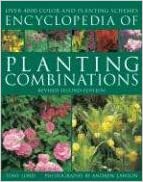
Come back next week when I will share the various plants that have gone into making this garden sing!
What a lovely article! I can’t wait to crest my first garden. I will definitely use the idea of “the bones”. That is fantastic. I also like the idea about different textures. I love moss, but hadn’t had that in mind for my garden until now. Thanks for the great tips!
I very much enjoyed your blog.
I am a professional artist and horticulturist with a garden design firm based in Spuyten Duyvil.
Rebecca Allan, Horticulturist
Painterly Gardens
painterlygardens.com